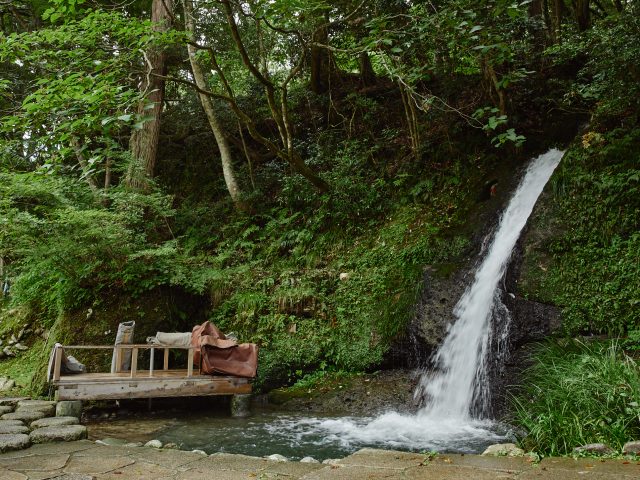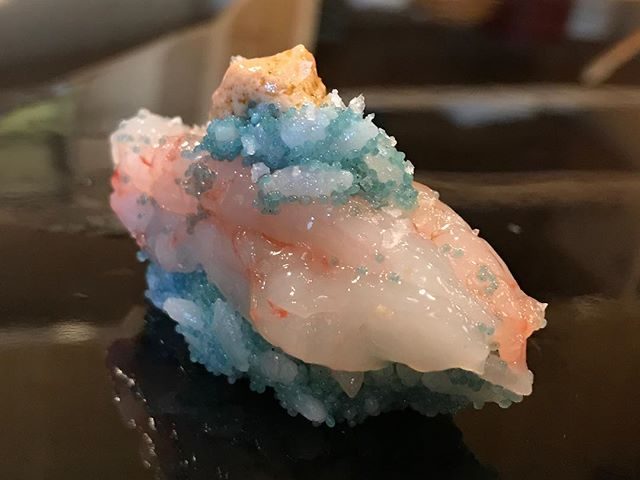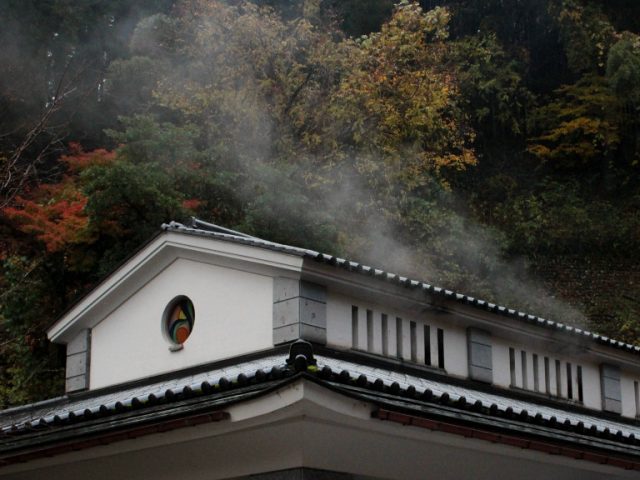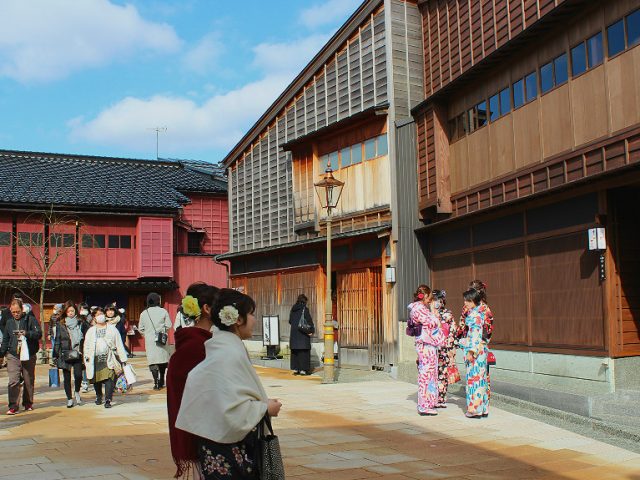Kanazawa Bathhouse: Onsens, Sentos and Y(o)u! An All-in-One How-to!

There’s few things as rejuvenating as a luxurious hot bath, and in Japan they are an everyday pleasure. It’s easy to find an onsen or sento in nearly every corner of the country. However, some places, as around Kanazawa, are particularly famous for their healing natural hot springs.
Wherever you are in your bathhouse experience, we’ve got you covered below! Do you…
…not know what to think of it all as you’re completely new to onsen bathing?
- adjusting from a culture where nudity is taboo
- how to behave if you’re new
- sanitation and hygiene
- if you have tattoos
- gender divides
…excited to go, just need to know what to do?
- what to bring
- buying your ticket and finding the right door
- how to undress (and more on behavior)
- your pre-bath shower
- getting in and out of the water
- the amount of time to budget for a bathhouse visit
- drying off and getting dressed
- the Japanese custom of drinking milk after a bath
…good and ready, you just need to know where to go?
What to Think: For the Complete Newbie
Stripping away the taboos
I’m not Japanese. I was not raised in Japan. And in my home country, nudity of any sort is very private, and a little shameful. So it took me several years to build up the courage to go to an onsen, and when I finally went, I made what are now in my memory several embarrassing mistakes.
But nowadays, I frequent my local sento and treat myself happily to an occasional weekend trip to one of my favorite out-of-town onsens! I have my own bathing kit ready to go, and I no longer have to think about where to turn my eyes. Admittedly though, I am more comfortable around strangers than people I know. I guess in that way, I still have a ways to go…
So learn from me what to expect and what to do, and you’ll be fine for your first, fifth, or fiftieth trip to the Japanese bathhouse of your choice!
But how do you become comfortable enough to go to a Japanese bathhouse in the first place?
Let me guess. You’re thinking, What do you look at? Are people going to judge me?? Is it sanitary???
I know. I get it. Being nude, in front of other people? Surely only the most pristine models could have such confidence.
But you’re not surrounded by retouched images of perfection curated for the screen or the magazine. Everyone around you is real and ordinary and varied. Honestly, onsens have boosted my own confidence.
If you still feel uncertain of how to behave, just ask yourself, How do I behave around other, normal people? Do the same as you likely already do elsewhere in life: Do your own thing, give people their space, and don’t stare.
Other bathhouse attendees don’t typically stare at you, either. And, in Kanazawa, the best places nearby are also the ones most accustomed to having non-Japanese guests, so you don’t need to worry about standing out!
Really, the best way to do it is just to do it.
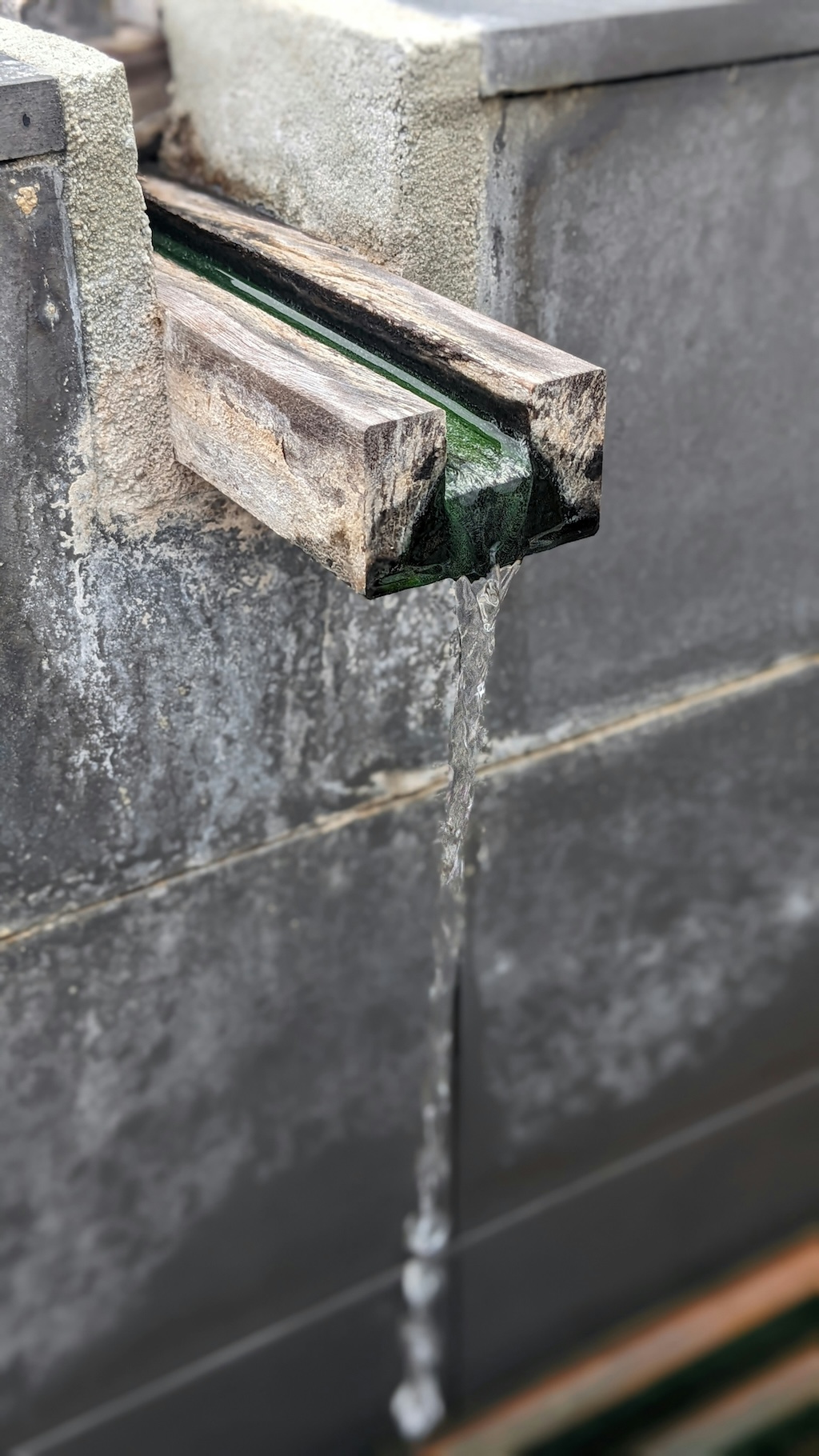
Sanitation, though?
Bathhouses are highly regulated, and any that closes has a cleaning routine for their pools.
Personal hygiene is expected of all bathhouse guests. Everyone is to clean themselves spotless with soap and water from the face down, and most wash their hair before entering as well. Regardless of whether hair is washed, it must be pulled up so that no strands touch the water.
Guests are also turned away if they display symptoms of illness or have any sort of open sore.
Stripping Away the… Tattoos?
Communal bathing in Japan is no taboo, but tattoos are. Bit by bit, younger generations are becoming more comfortable with them, and more have western style tattoos of their own. Even so, many traditional third places like bathhouses have restrictions on tattoos of any kind.
It’s not universal, but generally speaking, small neighborhood sentos allow tattoos, luxury super sentos refuse them entirely, and mid-sized and tourist-favored springs will have their own rules. In short, rules on tattoos vary by individual bathhouse. See below for the rules on each bathhouse among our Kanazawa recommendations.
A note on gender division in Japan:
With my apologies, I won’t have good answers at the time of this article.
Japan is very cis-normative, as is reflected in the binary divide of bathhouses. For cases in which such a binary is insufficient, private baths are an option (see Lemon Yu below). The downside is they they are pricier. The upside is that they are often more luxurious.

What to Do: For Those Ready to Take the Plunge!
Step 0: Come Prepared!
All bathhouses will provide lockers and an abundance of water for washing and bathing. But the availability of anything else you might need varies by location. Many will have towels for rent, some for sale, but a few have none at all. Some include soaps and other amenities in the price of their base ticket, others have small bottles for sale. Larger bathhouses also sell razors, sponges, hand towels, toothbrushes, etc.
Since most have towels and soaps available, the very least you should bring to any bathhouse is…
- something to pull your hair up (hair ties, clips, etc.)
- small change (especially 100-yen coins) for the entry ticket and lockers
Step 1: Buy your ticket, take off your shoes, take your key.
Even the largest super sentos often use vending machines for their ticket purchases. Look for these characters to help with your selection:
入浴 ・ bathing
券 ・ ticket
大人 ・ adult
中学生〜大学生 ・ junior high to college age (generally 13 to 22; may require school ID)
小学生 ・ elementary school age (generally 7 to 12)
幼児 ・ young children (6 and under)
サウナ ・ sauna
タオル ・ hand towel
バスタオル ・ bath towel
一般 ・ general (non-member)
会員 ・ member *
* Be careful about not selecting 会員 options if you’re not a member of that particular bathhouse!
Before or after buying your tickets, you’ll need to know the difference between men’s and women’s baths, too.
女 ・ women (red)
男 ・ men (blue)
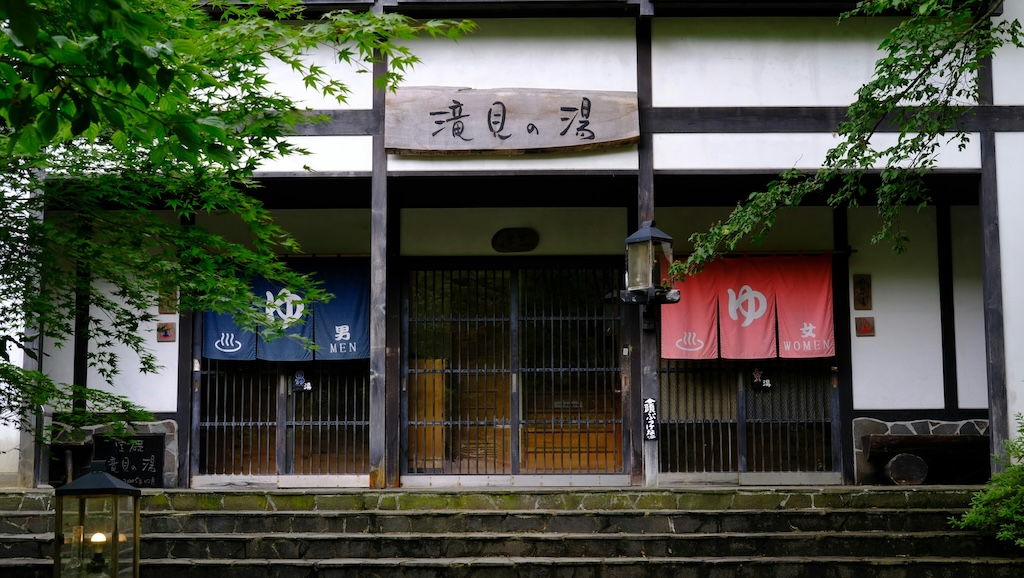
In Japan, very young children accompany either parent into the parent’s side of the bathhouse. As children age, they’ll go into each second on their own. Additionally, some bathhouses are stricter than others regarding a cut-off age, so check in advance with each if you think it may be a concern for your family’s visit.
Before or after buying your ticket, you’ll remove your shoes and leave them somewhere near the front. Some bathhouses even have separate lockers for shoes.
Turn in your ticket at the counter. If you put your shoes in a locker with a key, hand over that key here, too.
You may also receive a key for your dressing room locker when you turn in your ticket. If not, the lockers will require a (refundable) deposit of 100 yen to use.
Step 2: Strip & store (and what to do with your eyes…)
From here on, don’t pick up your smartphone or any other device with a camera. Even if you don’t use the camera function at all, privacy is still observed and phone use is strictly prohibited.
It’s time to undress by your locker. Don’t just toss your clothes on the floor, though! It’s polite to lightly fold and place your clothes inside the locker as you disrobe. Be sure to remove any jewelry, and leave your drying towel inside the locker as well. You should only bring any small towels, hair ties, sponges or soaps with you.
And your birthday suit, of course.
Close your locker and keep the key around your wrist or ankle where it will stay until you return to dry off and re-dress.
Step 3: Wash up
Head into the washing area. Just outside of the showers you should see shelves where you can place your items while not in use. When selecting your seat, try to find one that isn’t also occupied with another visitor’s items!
If you must stand, wait for a corner spot to open so you can direct the water without spraying other visitors. But, if at all possible, do try to use the stools.
Wash your hair first. If you’re forgoing hair-washing, go ahead and pull it up and well out of the way now. Be sure to use any small clips to keep stray hairs away from your neck and shoulders.
For those with long facial hair, use a clip or hair tie to try to compress the length as much as possible. If you’re making the effort to express care, others will see and appreciate it.
If you’re not used to sitting down while washing your body, it may feel a little strange at first, but it’s just like washing standing up. Suds up from the top down, and save where-the-sun-don’t-shine for last.
After washing well, put everything back as you found it. It’s also polite to rinse down the area and seat. Aside from your hand towel, put any items you have on the shelf outside the shower area. As for the hand towel itself, wring it out well, and balance it on your head for now.
You’re ready to take a dip!
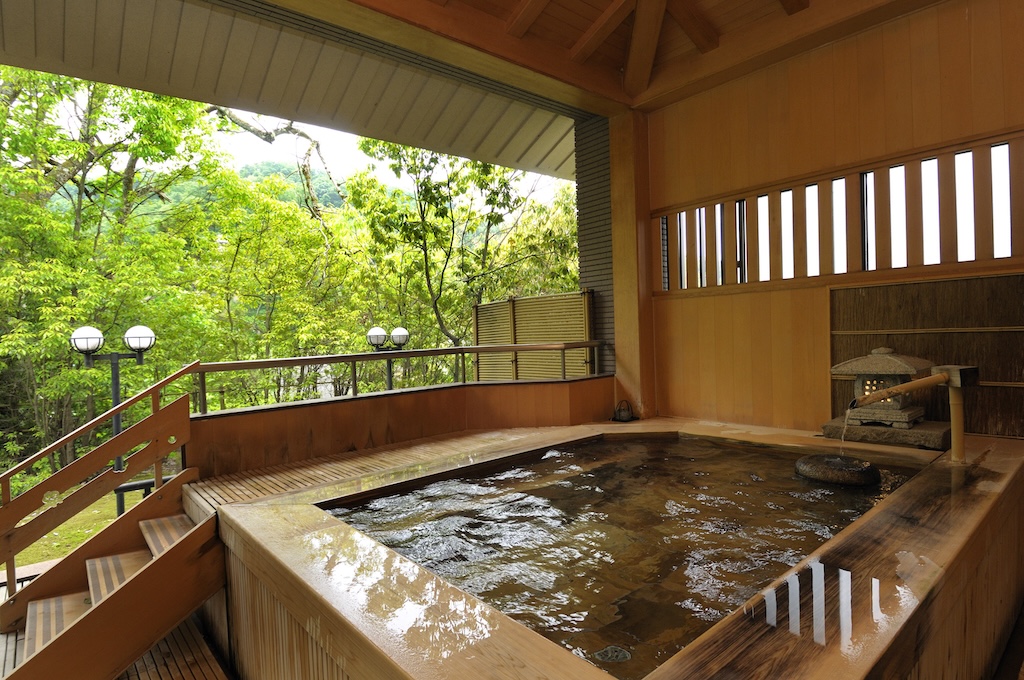
Step 4: Into the water
Just as at a swimming pool, never run or walk too fast around a bathhouse. Be careful of drains, as suction could cause injury.
Most bathhouses will have ladles near the main bath or at a fountain. Use these to rinse yourself between different bath types and to get acclimated to the temperature of the water before going in.
If the bathhouse has more than one bath, it’s best to go into the most standard one first.
Whether you go in a bit at a time or all at once is up to you, but regular visitors will always take a full dip—meaning only to the shoulders!—in the water right away.
About 15 minutes is the absolute maximum amount to spend in a hot pool before coming out to cool, but under that limit, it’s best to judge for yourself how long is too long. If you feel your head beginning to get warm, like with a fever, it’s time to get out.
Do go slowly when exiting the bath, especially for the first time, and don’t hesitate to use a railing or the wall for balance. It’s normal to feel just a little bit dizzy if you’re new to hot bathing, as your blood vessels are relaxed and gravity is keeping more blood in the bottom half of your body than you might usually experience. Flexing your calves is a good way to get the blood back up.
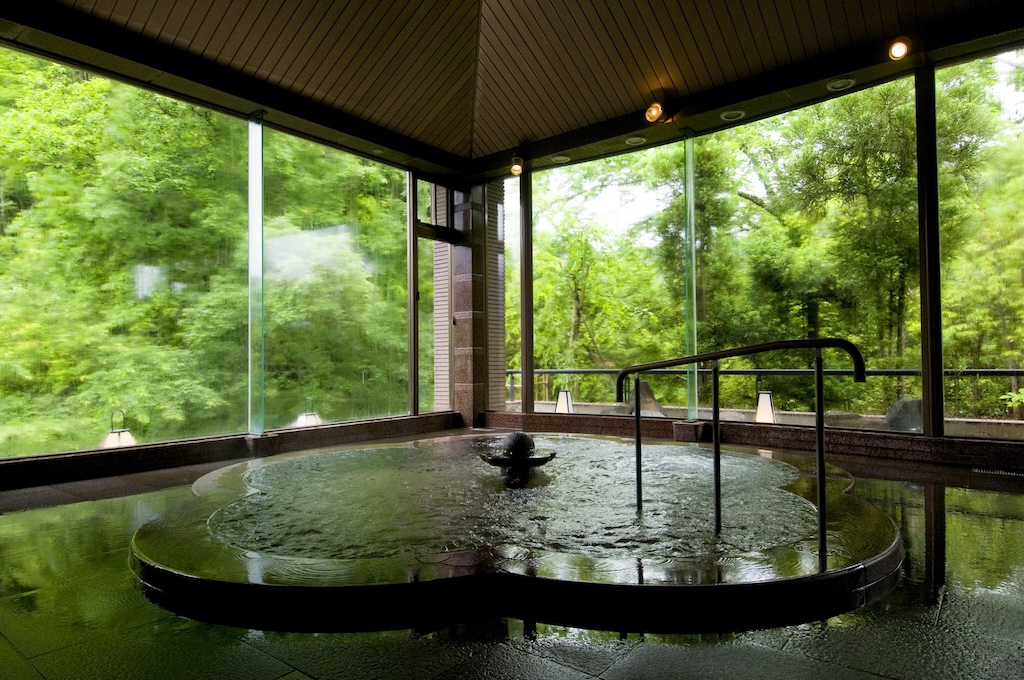
However, if dizziness is severe, or if you’re experiencing any other symptoms, find a place to sit and get your legs up so they’re not below the center of your body, and, if need be, lower your head.
In smaller sentos and onsens, its worth the time to sit and cool off in order to enjoy a second, third, or fourth dip in the water. When taking a seat in the bathing areas, place your towel under yourself. It’s polite to rinse the seat after getting up as well.
At larger bathhouses, especially super sentos, different bath types will be available. Don’t forget to rinse yourself between each when switching bath types. Many also include sauna rooms. As with other seated places, if you want to sit in a sauna, put your towel underneath yourself before sitting.
How long to hang around?
There’s no hard rule for how long to enjoy an onsen experience. As long as you’re feeling happy and relaxed, take your time. When I surveyed the staff at Kaname Inn, I found that locals ranged from 45 minutes to 3 hours in Japanese bathhouses, depending on the type of bathhouse it was and with whom they went.
Do note that some bathhouses may set a time limit of about four hours. Private baths charge by the hour, and discount tickets for low demand periods may have an hour at which they expire.
Even with time limits or your own schedule, you don’t need to stress about losing track of time. Most bathhouses keep a clock somewhere in view of indoor baths.
Drying up and redressing
Before leaving the bathing area, wring out your hand towel as best you can. Just outside of the bathing area, use your hand towel to wipe away excess water so that you’re not dripping on the way back to your locker. Once at your locker, you can use your bath towel to get properly dry and to towel dry your hair before putting your clothes back on.
Many bathhouses have hair dryers that are free to use. Once you’ve finished, wipe away the area of any fallen hair.
If the particular bathhouse you’re visiting gave you your locker key at the front desk, don’t forget to bring it back!
got milk?
You may notice vending machines full of milk and milk-based drinks in many bathhouses. Japanese visitors will chug a glass after returning the bath. So, why are they there?
Around the 1950s or so, when few Japanese homes had refrigerators of their own, bathhouses kept them regularly. Milk companies approached the bathhouses offering to fill them with milk products, noting that, along with simple hydration, the sugar and protein content of milk could help one recover from a hot bath session (which really does burn calories!). The campaign was successful, in particular with coffee milk products, and what began as a marketing campaign in the mid-20th Century is now a Japanese custom.
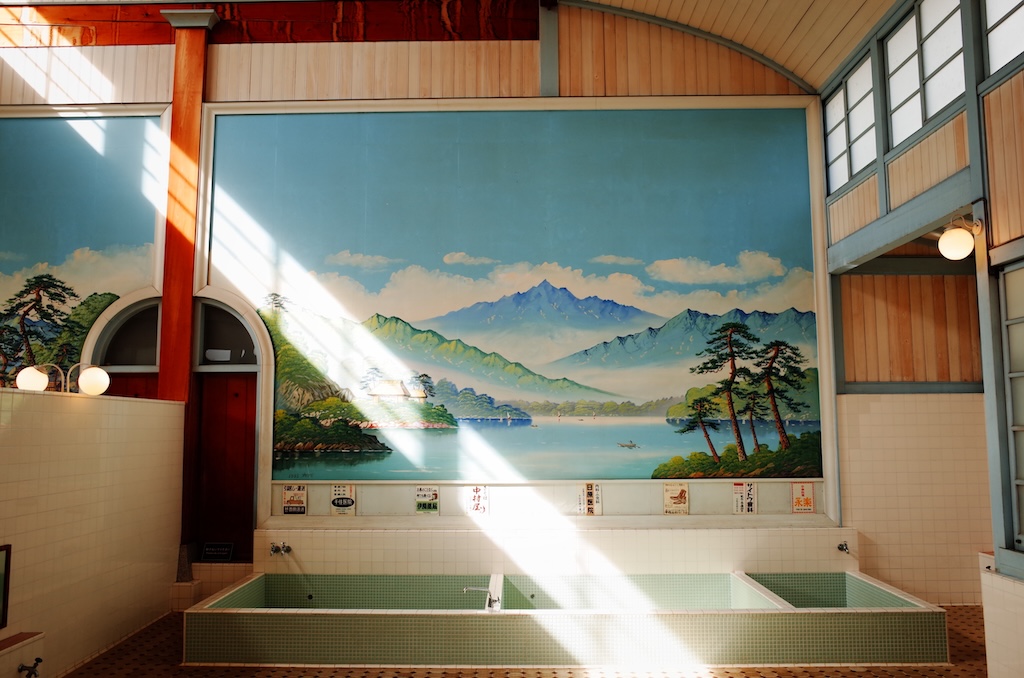
Where to Go: “Sentos” or “Onsen”
“But what’s the difference between a sento and an onsen?”
Anything that is officially an “onsen” in Japan must draw its water from a natural water source of 25°C (77°F) that contains certain molecules (such as hydrogen ions) that are typically produced by hot springs. Even if the water cools or is treated for sanitation, as long as it still contains the same required elements, it is, under the law, onsen water.
The delightful thing about bathing in Kanazawa is the number of natural hot spring sources under the city. Because of this, even neighborhood bathhouses qualify. For the most part, one need only dig far enough to find one.
In Kanazawa, a lot of the “sentos” are, in fact, onsens!
Even so, you may already have in mind the kind of onsen experience you want to have: tailored or authentic, luxurious or rustic, etc. We’ve detailed a few of our favorites below and what you can expect from them and even clarified whether they are an onsen, sento or mixed facility.
Then what is “Yu”?
“Yu,” pronounced like the English word you, is the pronunciation for the lone Japanese phoneme ゆ, from its corresponding Chinese character, 湯, which means “hot water.” So, if you see ゆ at the door, it’s a bathhouse!
Where to Go: Sento and Onsen Locations in Kanazawa
Matsu no Yu, a neighborhood sento very close to Kaname Inn
small, authentic, bright, inexpensive, nearby
tattoo policy: OK
800 m from Kaname Inn (approx. 10 min. on foot)
just north of the Samurai District of Nagamachi
Neighborhood sentos like Matsu no Yu are scattered throughout the city and cater to residents. While trips to out-of-town onsens are special treats, most locals regularly visit neighborhood sentos like this one for their daily needs. Matsu no Yu is special for the huge glow up with their renovation in 2023. In addition to their standard baths, it also offers a wooden sauna. Well lit with traditional wood and charmingly painted tile, Matsu no Yu openly welcomes overseas visitors.
Manten no Yu Kanazawa, a Super Sento near Kaname Inn
large, luxurious, starts at a moderate price, nearby
tattoo policy: not allowed
1.1 km from Kaname Inn (approx. 14 min. on foot)
between the Sai River and the West Geisha District of Nishi Chaya
Super sentos are notable for the wide range of facilities and often include a dining area. Aside from the standard stone onsen, you can also dip into a cold bath, an outdoor carbonated bath, an outdoor aroma-infused bath, a foot bath, a jet hot tub a steam sauna and a dry sauna. The outdoor bath areas also include a shared television and lounging chairs. This is the place to go if you want to suntan.
Extra facilities with separate tickets include a heated rock sauna, massage chairs, massage parlor, a styling salon, and a dining space where you can recover with a beer and soba, among other menu items.
Lemon Yu, a quality neighborhood sento with a private bath
moderately large, moderately luxurious, moderately priced, somewhat far
tattoo policy: not allowed in the public bath; OK in the private bath
3.4 km from Kaname Inn (12 min. by taxi or 17 min. by bus)
The primary bathing area is much like a neighborhood sento. It’s more comfortable than a lot of older neighborhood sentos in central Kanazawa. This one, however, is located much further away in southern Kanazawa’s Arimatsu neighborhood, and will require a taxi to go to and from comfortably.
However, I recommend this bathhouse for its private “family bath” on the second floor. Open only after 5 p.m., this bath can be rented by the hour and enjoyed freely by those who can’t enjoy, or simply don’t feel comfortable enjoying, public and shared baths.
The private bath is only available from 5:00 p.m. (17:00) to 10:00 p.m. (22:00), and starts at 1,700 yen per hour for 1 to 2 people. They do not accept reservations, and availability is first come, first serve.
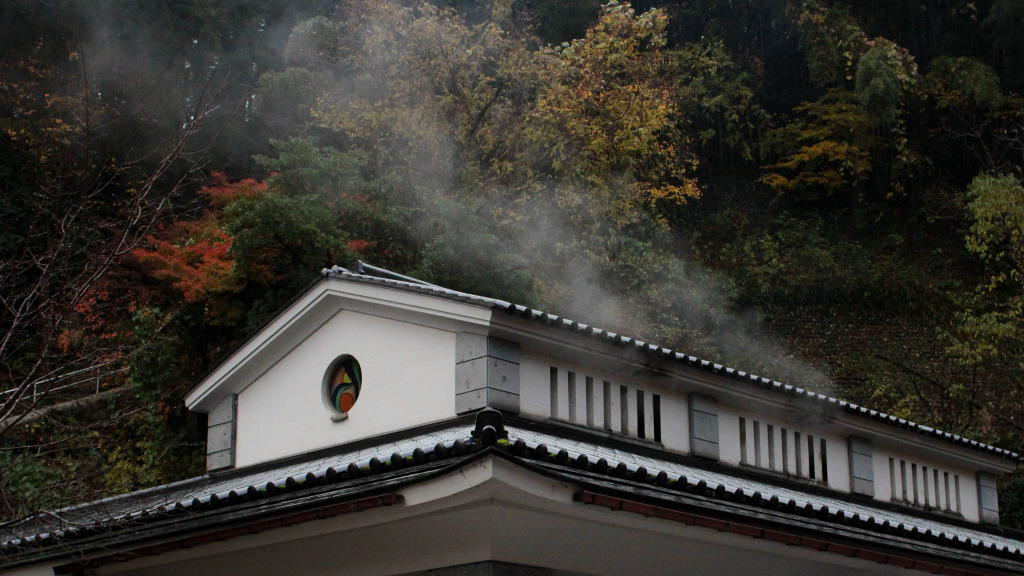
Shirasagi no Yu, a public hot spring along the forested foothills of Yuwaku Onsen
small, authentic, rustic, inexpensive, far
tattoo policy: small tattoos that can be covered by their stickers are OK (customer must cover the cost)
14 km from Kaname Inn (30 min. by car, or 1 hour by bus)
in Yuwaku Onsen
For those who want a more rustic experience, I recommend heading here. At the very tip of the municipality of Kanazawa, it’s surrounded by forest and mountains, perfect for anyone with a love of nature.
It’s easy to spend half a day in the town of Yuwaku Onsen, as two notable museums are in walking distance: Yumeji Memorial Museum, housing the art of its titular romantic artist, and the Edomura Museum, where one can see an entire town’s worth of preserved historical houses and inns.
Where to Go: Onsen Day Trips from Kanazawa
Wakura Onsen, casual resort town along Toyama Bay
Just north of us at the base of the Noto Peninsula is a city called Nanao, and along its north side, facing the blue Toyama Bay is the resort district of Wakura, a onsen town with a large public bath and a foot bath just outside. The temperature at this onsen runs very hot, so do be careful!
In addition to the public bath, tour the town for beautiful views of the bay, a chance to eat “onsen egg,” and eat gelato made from the locally famous Noto milk.
From Kanazawa Station there are dedicated buses and trains running regularly to and from Wakura Onsen (和倉温泉), making this a very easy day trip.
Kaga Onsen, a collection of rustic onsen towns in the forested Kaga region
You can also make a day trip from Kanazawa to the Kaga Onsen area. Kaga City itself is built on a web of connected springs and water ways, and there are onsen bathhouses throughout the area. The local CAN bus can connect you to most of them, but be careful of the time, and it only comes to a given stop a few times a day.
In particular, the southern area of Kaga Onsen, called Yamanaka, has one of the most popular public bathhouses in in all of Japan.
The area is a hub of crafts and also home to the beautiful temple, Natadera, just south of Komatsu, so staying overnight before a return to Kanazawa is an option worth considering.
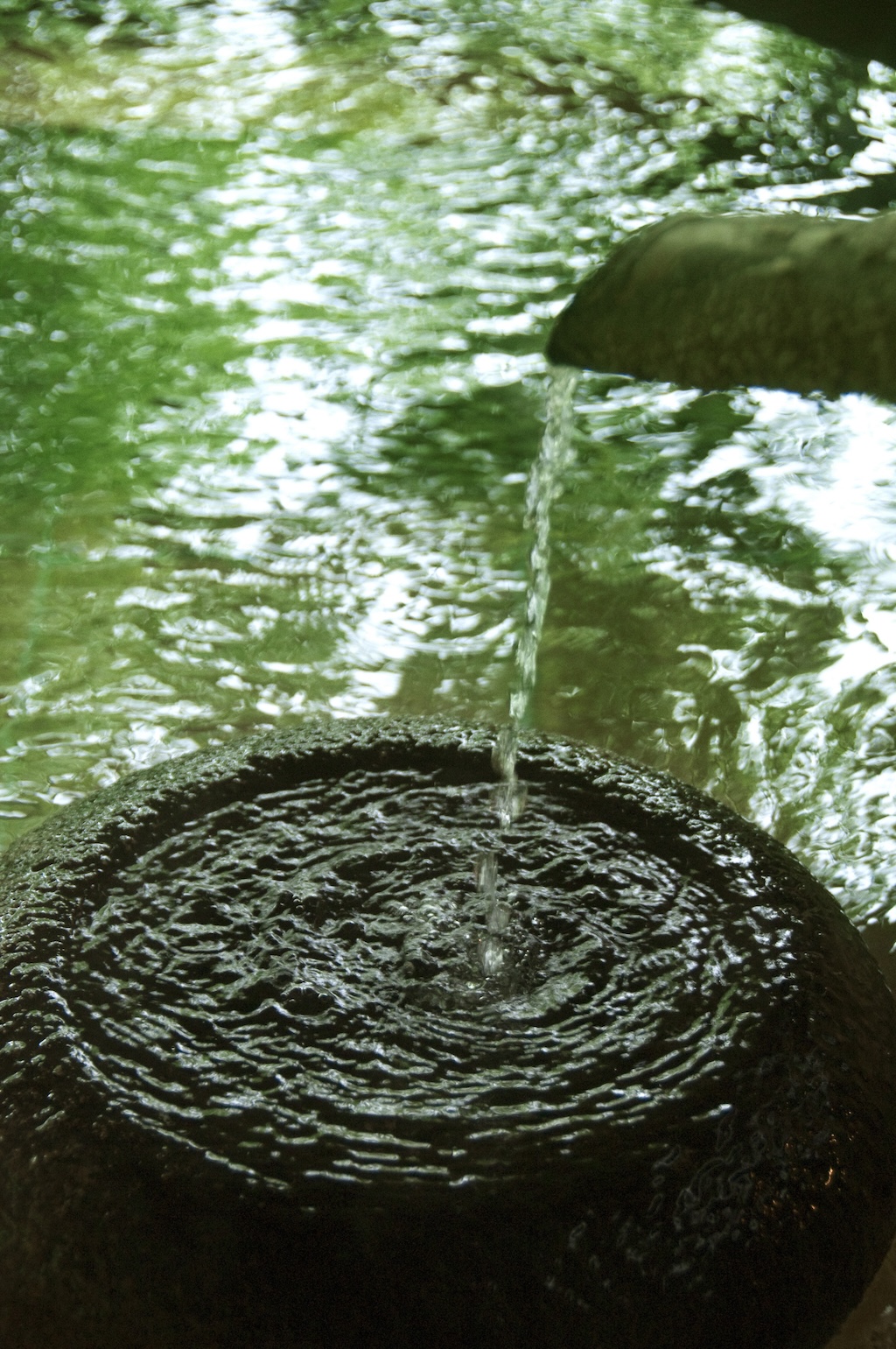
As photography is not permitted inside bathhouses, photos provided by Unsplash are representative only.

About a decade ago Rachel fell off a bus and then fell in love with this traditional-crafts and ice-cream-consuming capital of Japan. Editor and amateur photographer with a penchant for nature and history. Not actually fifty songbirds in a trench coat. (Former penname: Ryann)

